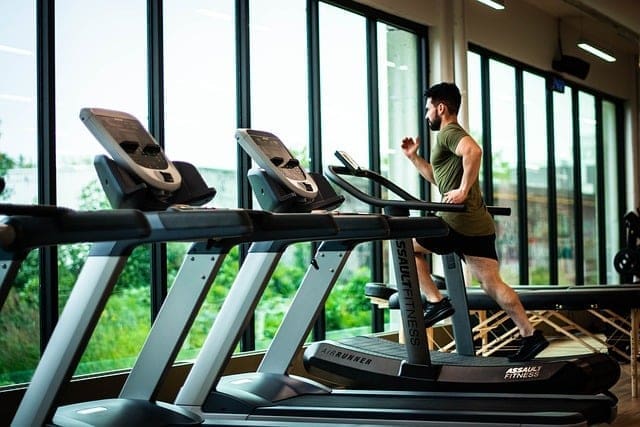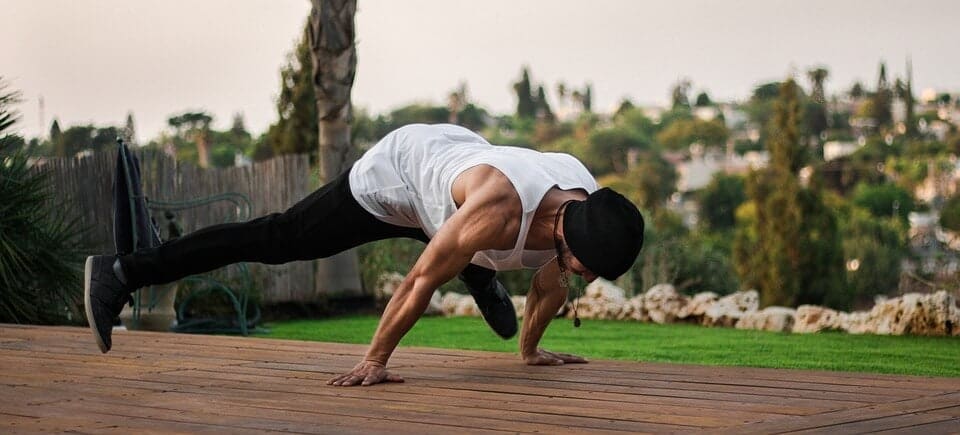When it comes to men’s fitness, there’s often a misconception that more is always better. More weights, more miles, more intensity. However, in the quest to stay fit and strong, it’s crucial to remember that our joints—the structures that connect bones—are just as important as the muscles they move. That’s why integrating joint-friendly workouts into your routine isn’t just a good idea; it’s essential for longevity in your fitness journey.
Understanding Joint Health
Many men experience joint issues, from the weekend warriors to the seasoned athletes. These issues can range from temporary discomfort due to overuse to more serious, chronic conditions like osteoarthritis. Ignoring joint health can lead to limitations not just in your workouts, but in your daily life.
Workouts that are particularly hard on the joints, such as running on hard surfaces, heavy weightlifting without proper form, or high-impact sports, can contribute to a variety of injuries. Common issues include tendonitis, ligament sprains, meniscus tears in the knee, and even the exacerbation of existing conditions like arthritis. According to MRI St Louis technicians, high-impact activities bring in a number of injuries, particularly those of the knee, hip, and ankle, from acute and chronic wear and tear over time. Without adequate rest and recovery, this stress can result in pain, swelling, and decreased mobility, significantly hindering an individual’s ability to engage in physical activity and maintain a healthy lifestyle.
The good news is that exercise isn’t just possible for those with joint concerns—it’s beneficial. Certain exercises can improve joint mobility, flexibility, and strength, helping to alleviate pain and reduce the risk of injury.
Joint-Friendly Workouts
Here are some low-impact, joint-friendly workouts that can help you stay fit without putting undue stress on your joints.
1. Swimming
Water is a fantastic medium for resistance training without the impact. Swimming encompasses a total-body workout that strengthens muscles, boosts cardiovascular health, and improves flexibility—all while being incredibly gentle on the joints.
2. Cycling
Whether you’re on a stationary bike or hitting the trails, cycling is an excellent way to get your heart rate up without high-impact jolts to your joints. It’s particularly kind to your knees, hips, and ankles, making it a great option for consistent cardio.
3. Yoga
Beyond its well-known benefits for flexibility and stress reduction, yoga is also incredibly beneficial for joint health. It helps strengthen the muscles around the joints, improving stability and reducing the risk of injury. Yoga’s mindfulness aspect encourages listening to your body, which is key in preventing overexertion.
4. Strength Training with Proper Form and Equipment
Lifting weights isn’t off-limits if you’re concerned about joint health. Focus on controlled movements and proper form to minimize stress on the joints. Consider using machines that help maintain correct alignment and free weights or resistance bands for compound movements that work for multiple muscle groups simultaneously.
Incorporating Joint-Friendly Workouts
Transitioning to or incorporating more joint-friendly workouts doesn’t mean giving up high-intensity activities you love. It’s about balance. Start by substituting one or two high-impact workouts a week with lower-impact options and see how your body responds.
Scheduling is key. Allow adequate rest between intense sessions, giving your joints time to recover. When setting fitness goals, prioritize consistency and injury prevention as much as performance milestones.
Low-Impact For a Big Impact
Joint health is a vital component of fitness, especially as we age. By incorporating these joint-friendly workouts into your routine, you’re not just investing in your current fitness goals—you’re safeguarding your ability to stay active and healthy in the long term. Make sure to listen to your body, prioritize proper form and rest, and consult a healthcare professional if any joint pain persists. Stay strong and protect those joints!




